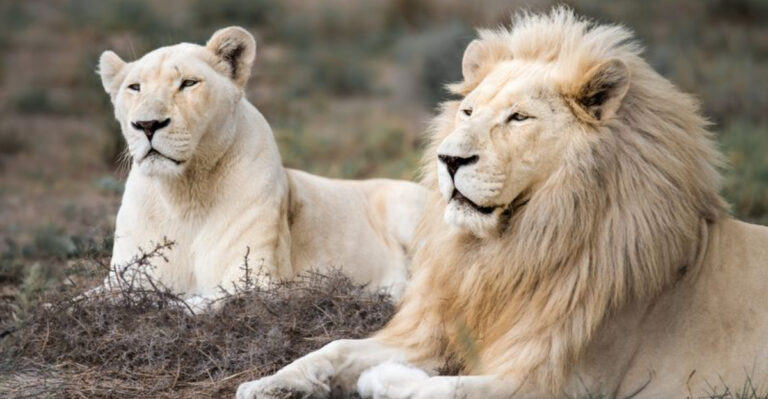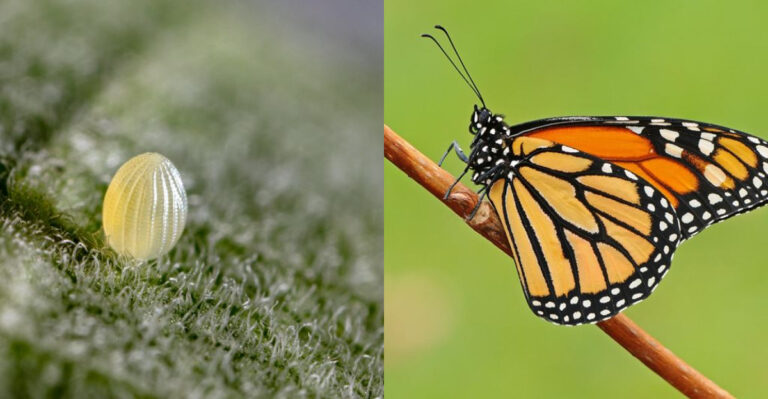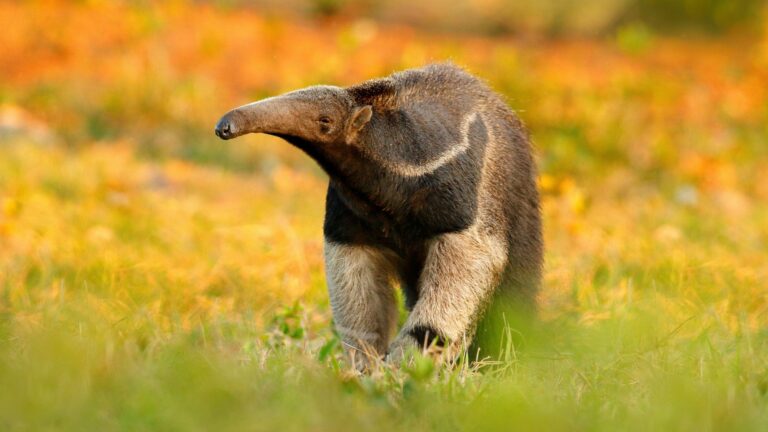10 Most Elusive Wild Animals In North America (And 4 That Are Easy To Spot)

North America’s wilderness harbors incredible creatures, from secretive shadows to common sightings. Some animals have mastered the art of staying hidden, rarely glimpsed by even the most dedicated wildlife enthusiasts.
Others seem to pop up everywhere, practically posing for your camera. Let’s explore both the masters of hide-and-seek and the wildlife celebrities of the continent.
1. Cougar
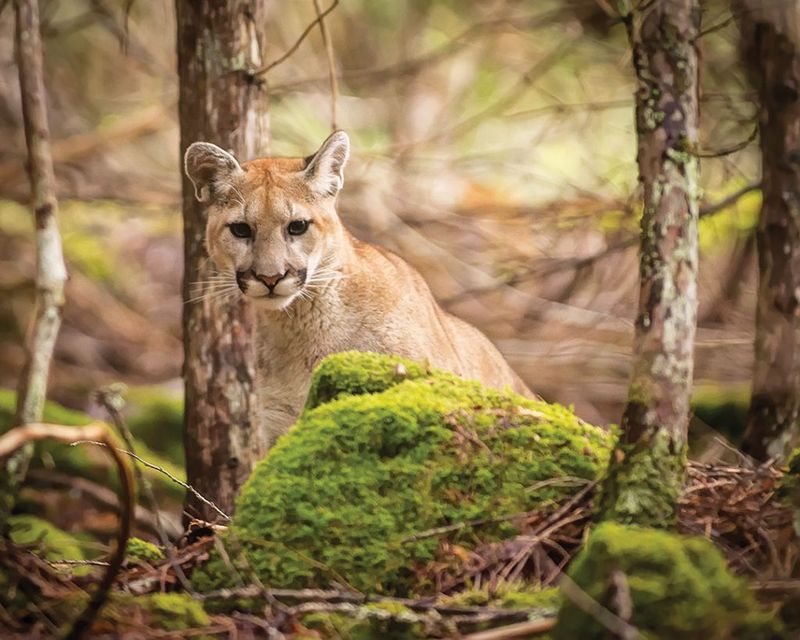
Despite weighing up to 200 pounds, these stealthy cats vanish like smoke in the woods. Cougars can live near populated areas without humans ever knowing.
They travel hundreds of miles seeking territory and prey, leaving little evidence except occasional tracks. Even experienced trackers consider spotting one in the wild a once-in-a-lifetime event.
2. Pacific Fisher
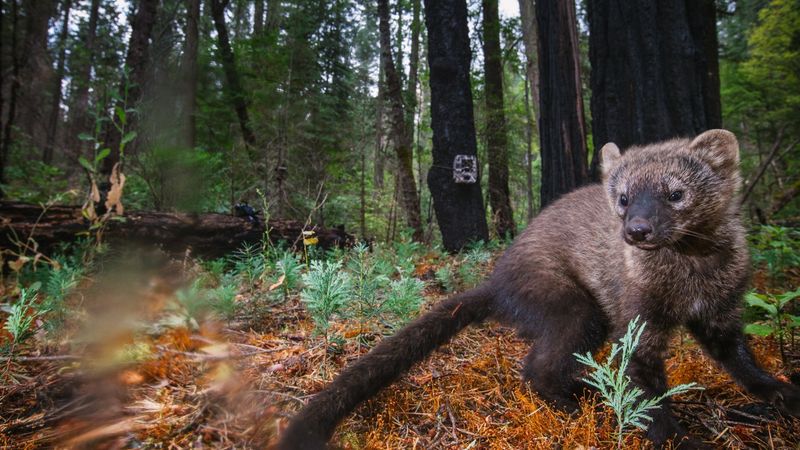
Ever heard of this cat-sized forest predator? Few have. These elusive members of the weasel family glide through dense northern forests hunting porcupines and small mammals.
Logging and development nearly wiped them out, making sightings incredibly rare. Their secretive nature and nocturnal habits ensure most outdoor enthusiasts never glimpse these remarkable creatures.
3. Ringtail
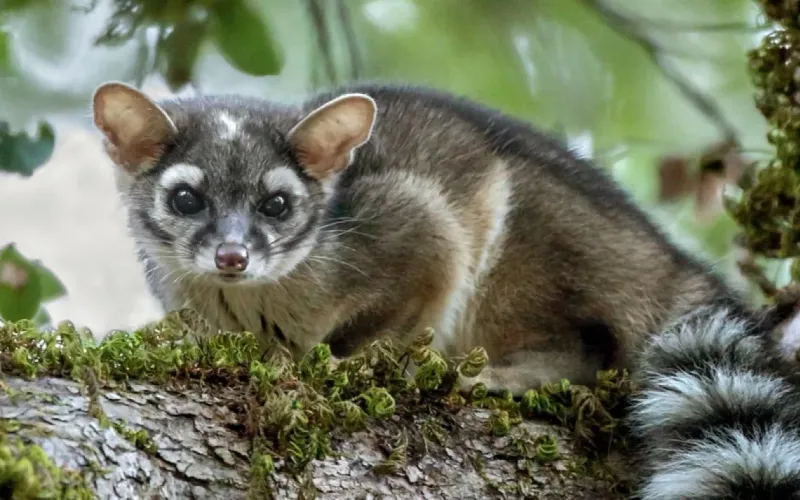
Foxlike face with raccoon stripes and a fluffy banded tail – that’s the ringtail. These nocturnal acrobats perform incredible feats in southwestern canyons and deserts.
Their ability to rotate ankles 180 degrees helps them navigate narrow ledges and vertical surfaces with ease. Despite living near humans, these shy creatures remain virtually unseen, preferring to hunt under moonlight.
4. Canada Lynx
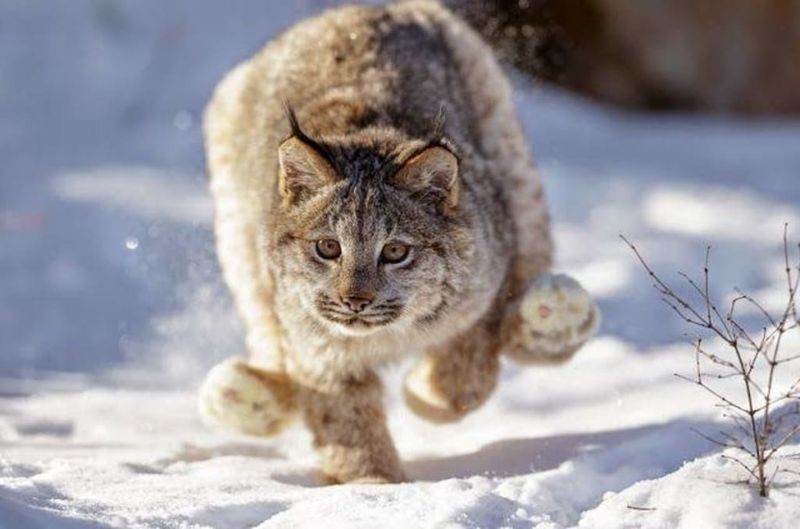
Snowshoe-like paws and tufted ears give away this northern forest phantom – if you’re lucky enough to spot one. Canada lynx move like ghosts through snowy landscapes, perfectly camouflaged against winter backdrops.
Their populations rise and fall with snowshoe hare cycles, their favorite prey. Even wildlife photographers might spend years in lynx territory without capturing more than tracks.
5. Ocelot
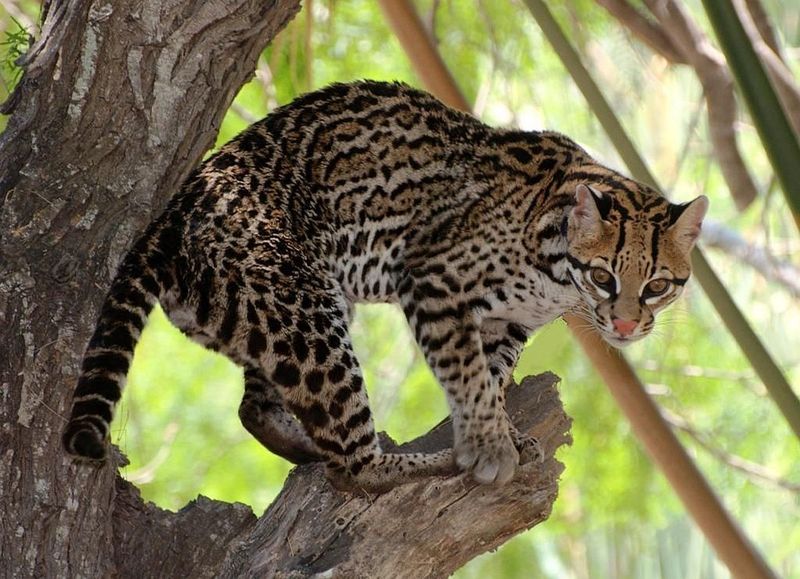
Fewer than 50 wild ocelots remain in the United States, hidden in the dense thornscrub of South Texas. Their gorgeous spotted coats blend perfectly with dappled shadows, making detection nearly impossible.
Highly territorial and secretive, these small wild cats travel established pathways under cover of darkness. Even researchers who study them for years might never see one without camera traps.
6. Wolverine
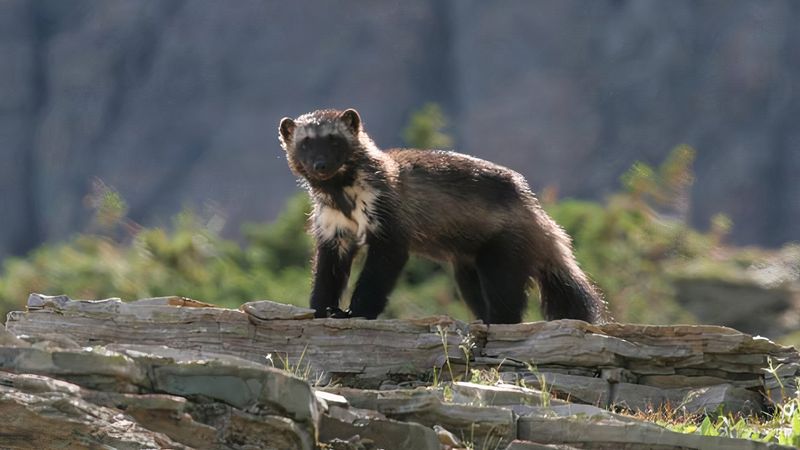
Famous for ferocity but rarely seen, wolverines roam vast territories in the highest, most remote mountain ranges. A single animal might patrol hundreds of square miles, crossing treacherous terrain most humans never visit.
Their incredible strength and endurance lets them travel through deep snow and over mountain passes. With fewer than 300 estimated in the contiguous US, spotting one is like winning a wildlife lottery.
7. Pine Marten
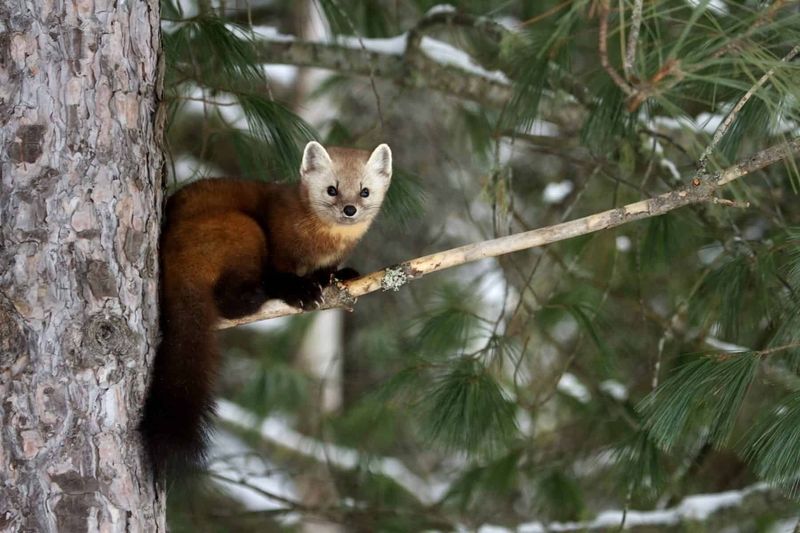
Quick as lightning and twice as elusive, pine martens race through treetops of northern forests. Their chestnut fur blends perfectly with pine bark as they hunt squirrels and birds.
These agile members of the weasel family rarely touch the ground, preferring aerial highways of interlocking branches. Even in areas where they’re relatively common, most hikers and campers never spot their chocolate-colored forms.
8. Sierra Nevada Red Fox
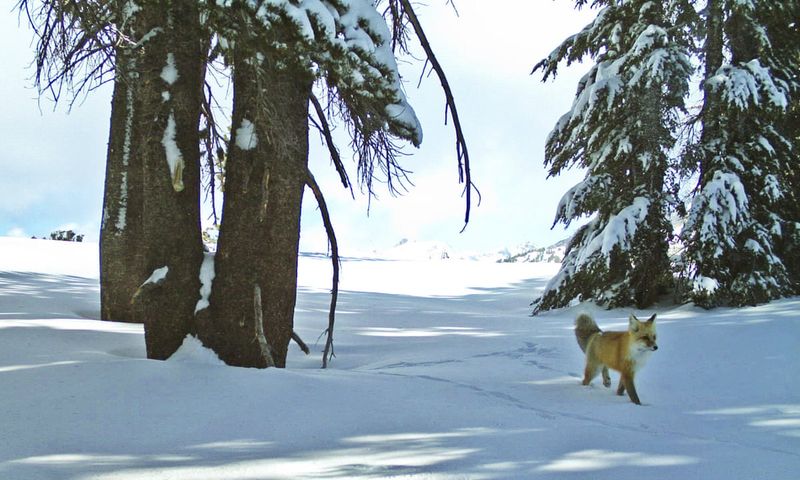
Among the rarest mammals in North America, this high-elevation fox haunts remote alpine zones above 7,000 feet. Recent studies estimate fewer than 50 individuals remain in California’s mountains. Their rusty coats turn silver-white in winter, providing year-round camouflage.
These solitary hunters leave little trace beyond occasional tracks in snow, making confirmed sightings headline-worthy events among biologists.
9. Florida Panther
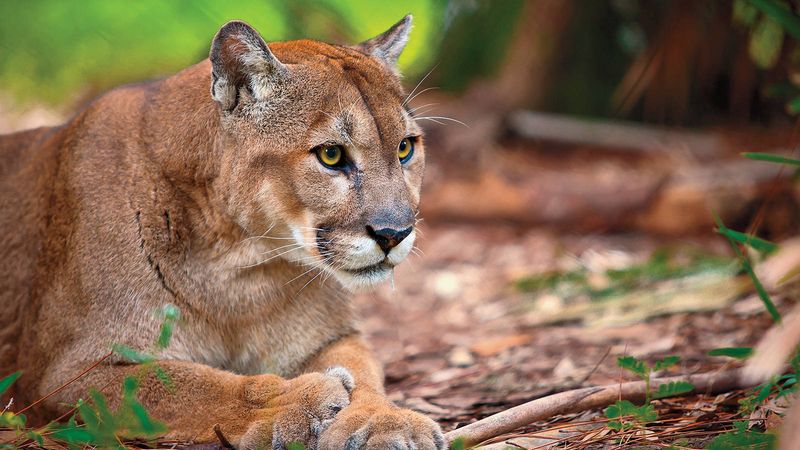
From a population of just 20 animals in the 1970s, Florida panthers have rebounded to about 200 today. Yet seeing one remains nearly impossible despite their size.
These endangered cats navigate the tangled Everglades and cypress swamps with supernatural stealth. Even residents who’ve lived alongside panther habitat for decades typically never spot the tawny predators that pass through their properties at night.
10. Jaguarundi
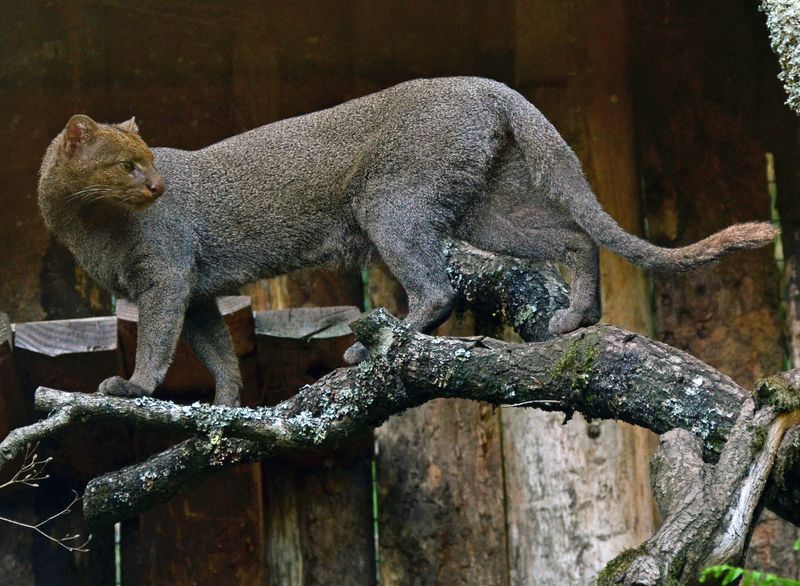
Looking like a cross between a cat and an otter, the jaguarundi remains one of North America’s least-known wild cats. These sleek, uniformly colored felines slink through dense brush along the US-Mexico border.
Unlike their spotted relatives, jaguarundis hunt during daylight hours, yet still manage to avoid human detection. Most wildlife experts consider confirmed sightings in the United States extraordinary, with fewer than a dozen verified in recent decades.
11. Eastern Cottontail
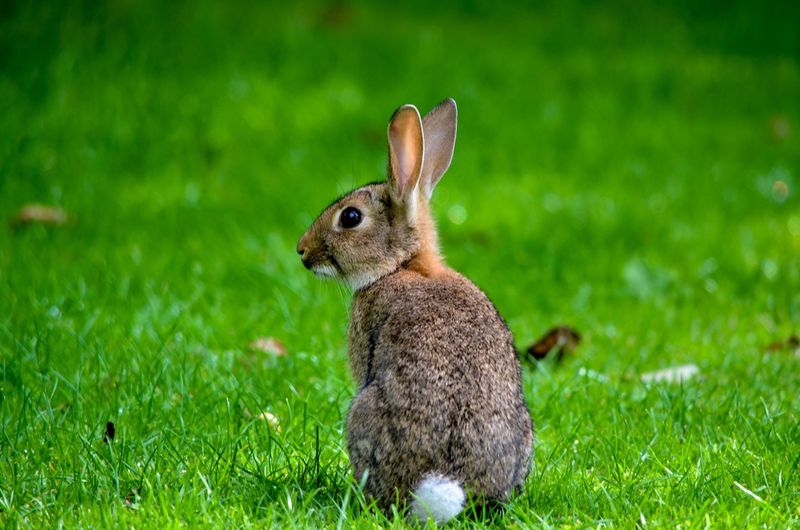
Fluffy tails bobbing through suburban lawns at dawn and dusk – cottontails practically introduce themselves! These adaptable rabbits thrive anywhere with a patch of grass and some shrubby cover.
Their prolific breeding habits keep populations high despite heavy predation. Unlike their elusive cousins, cottontails seem comfortable with human neighbors, often feeding in plain sight and freezing rather than fleeing when spotted.
12. White-tailed Deer
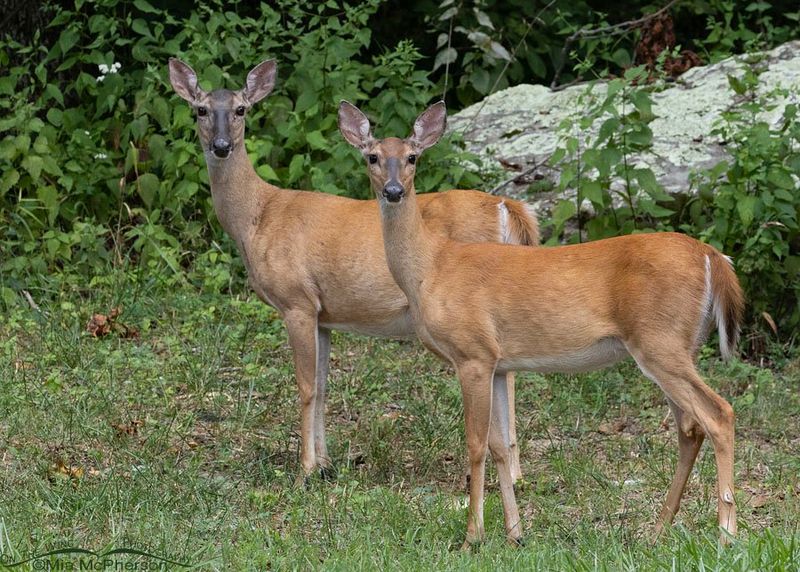
Flashing those namesake white flags as they bound away, these deer have mastered suburban living. Once nearly hunted to extinction, white-tailed deer now thrive in fragmented forests and edge habitats created by human development.
Their adaptability lets them browse gardens and natural areas alike. Dawn and dusk drives almost guarantee sightings in eastern and central North America, with some areas hosting over 100 deer per square mile.
13. Raccoon
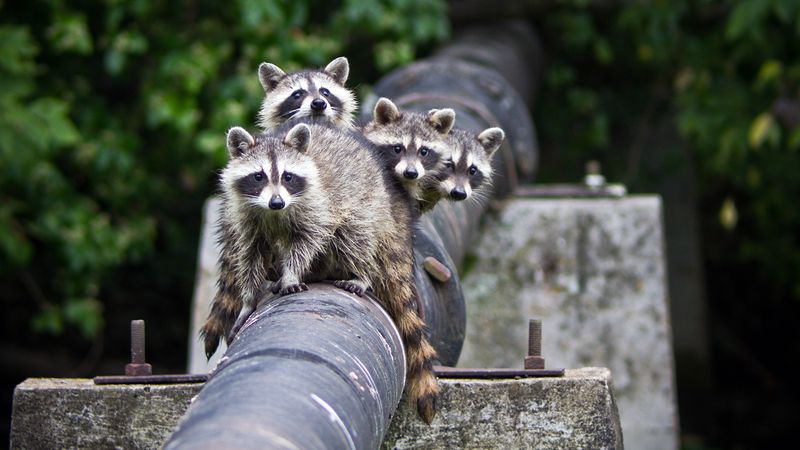
Trash can raiders with surprisingly dexterous paws, raccoons have become urban success stories across the continent. These masked bandits actually reach higher population densities in cities than in wild areas. Their problem-solving intelligence and omnivorous diet help them thrive alongside humans.
Far from elusive, raccoons boldly explore neighborhoods after dark, often raising families in attics, chimneys, and other urban hideaways.
14. Gray Squirrel

Acrobatic tree-dwellers that practically pose for photos, gray squirrels have turned begging into an art form. These bushy-tailed rodents flourish in city parks, college campuses, and suburban neighborhoods.
Their bold antics and comfort around humans make them among the most-watched mammals in North America. Unlike their secretive forest relatives, these squirrels seem to seek attention, often approaching people in hopes of handouts.

